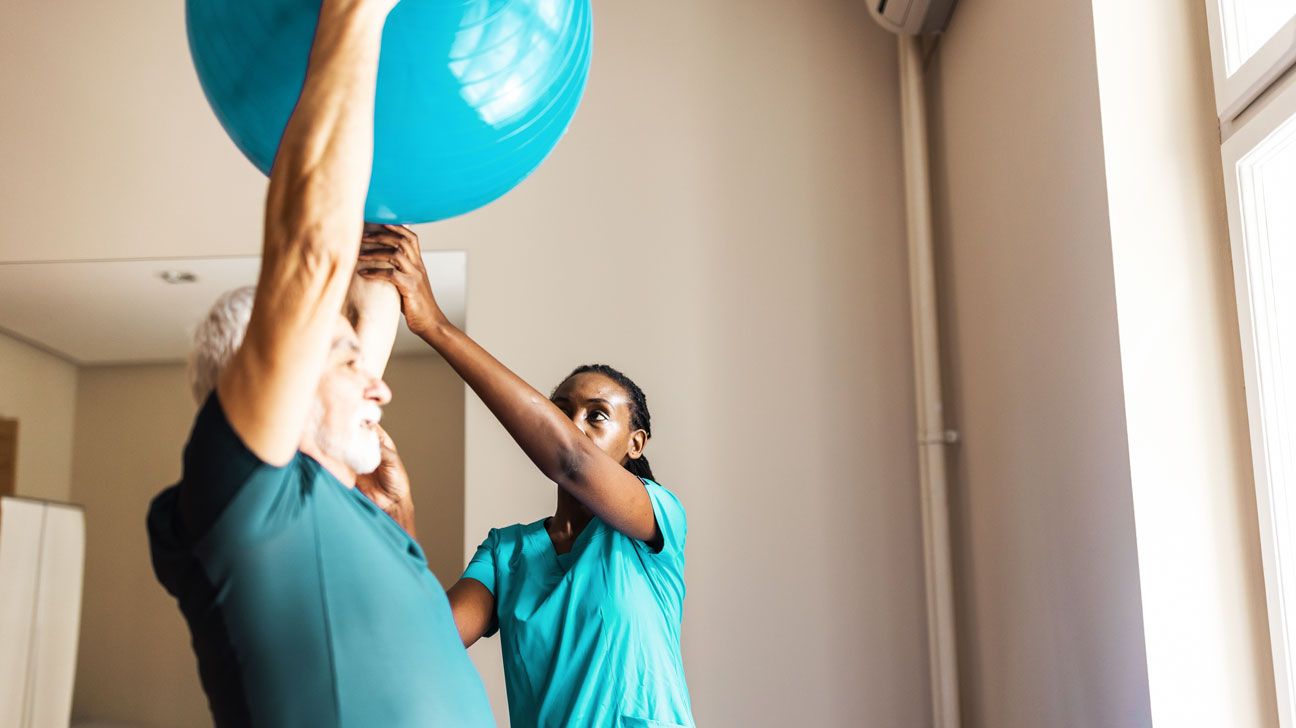Effective Methods to Reduce the Chance of Sudden Injuries in Sports Through Targeted Preventative Strategies

Acute traumas in athletics can happen suddenly and often lead to serious problems for players. These traumas can vary from sprains and strains to fractures and concussions. To assist reduce these traumas, it is essential to adopt focused preventive strategies. These strategies focus on awareness, appropriate preparation, gear use, and overall health maintenance. By addressing these key areas, players can considerably lower their chances of suffering from acute traumas while participating in their favorite sports.
One successful method to minimizing the risk of injuries is through education. Players, trainers, and guardians should be informed about the common types of traumas associated with particular activities. Understanding the mechanics of these injuries allows all involved to recognize the indicators and signals early. Informative workshops or seminars can help teach athletes about correct techniques and the significance of preparing up before games or practices. This understanding enables players to take responsibility for their well-being and encourages them to communicate any worries about possible injuries.
Another important protective strategy is adequate preparation. Athletes should engage in a comprehensive conditioning program that focuses on developing strength, flexibility, and endurance. Strength conditioning assists build the muscle groups that support joints, reducing the chances of traumas. Flexibility exercises, such as elongating, can improve the scope of motion and reduce the chance of muscle tears. Additionally, players should include sport-specific drills that mimic game scenarios, which can assist them become more familiar with the movements involved in their selected sport. Trainers play a vital role in designing and implementing these conditioning programs to ensure they are secure and effective.
The use of suitable gear is also vital in reducing acute traumas in sports. Players should consistently wear the right gear for their particular activity, including helmets, pads, and suitable footwear. For example, football players need helmets to shield against head injuries, while soccer players require shin guards to protect their legs from impact. It is essential that gear is fitted properly and is cared for regularly to ensure it provides the intended safeguarding. Coaches and guardians should motivate athletes to take the effort to select and wear the right equipment to reduce their risk of injury.
In addition to awareness, training, and gear, upholding overall well-being is crucial for injury avoidance. Athletes should prioritize adequate nutrition, hydration, and rest to keep their bodies in top shape. A balanced diet rich in vitamins and minerals helps support muscle recovery and physical therapy for endurance training overall athletic performance. Staying hydrated is also important, as dehydration can lead to exhaustion and heighten the risk of traumas. Lastly, getting enough sleep is vital for recovery and upholding focus during practices and matches. By promoting good health habits, players can enhance their effectiveness and reduce their risk of suffering from acute injuries.
In conclusion, reducing the risk of acute traumas in athletics requires a comprehensive method that includes education, proper preparation, suitable gear, and overall well-being maintenance. By concentrating on these specific protective strategies, players can more effectively safeguard themselves from the risks of traumas. Trainers, guardians, and players all have vital roles to play in fostering a safe athletics environment. By cooperating together and emphasizing protection, the enjoyment of sports can continue without the interruption of painful injuries.